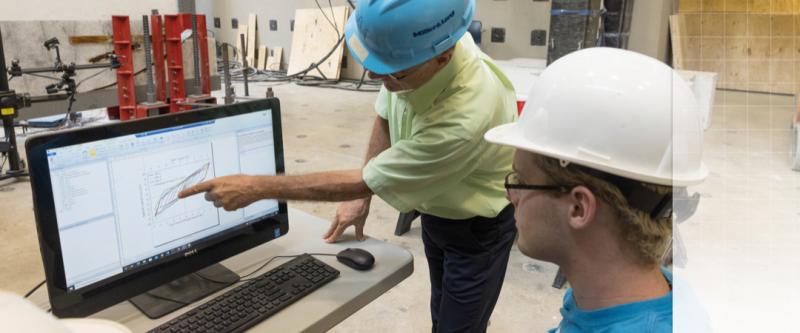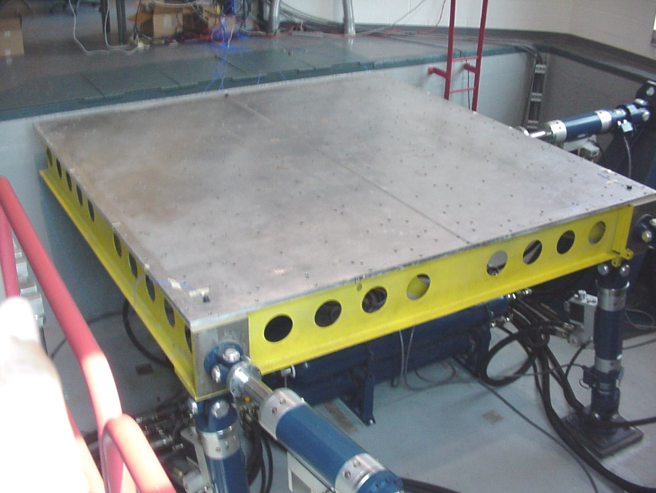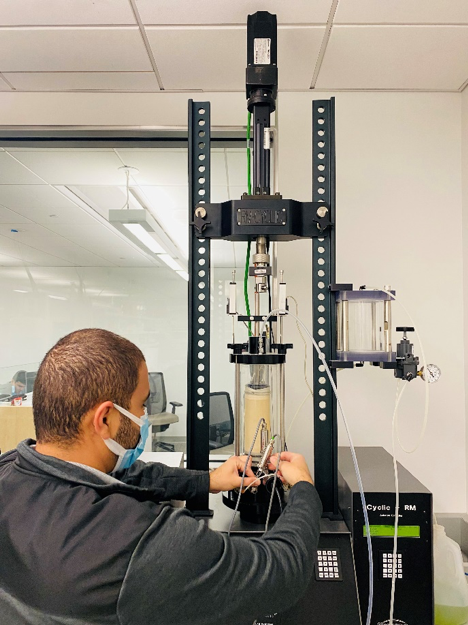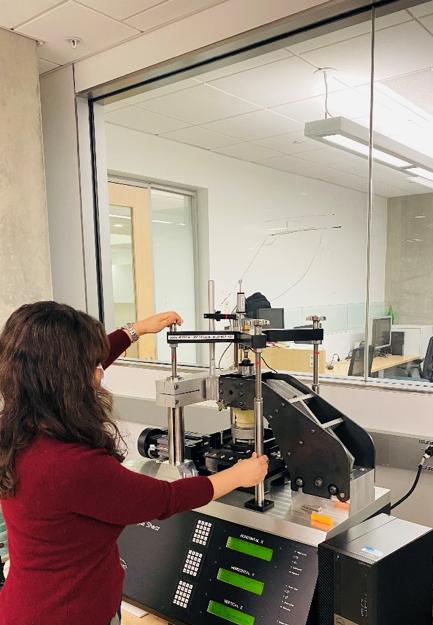Geotechnical Engineering
Geotechnical Engineering
Overview
The geotechnical engineering research at the George Washington University covers a wide range of topics exploring the response of soils and geostructures to man-made and natural hazards. The main thrust of the program is to further the current understanding of soil stress-strain-strength behavior under various loading conditions and to develop constitutive and computational modeling techniques that are able to accurately replicate this behavior. A key focus of the program is on the seismic response of geostructures. Building on the experimental observations of the behavior of soils, advanced constitutive models have been developed for clayey and sandy soils. Moreover computational techniques have been developed and implemented for the use in research and engineering practice.
Research Facilities
The geotechnical program maintains state-of-the-art experimental facilities that include cyclic triaxial and direct simple shear equipment and a biaxial direct simple shear device capable of testing soils under various stress/strain paths simulating monotonic or cyclic loading conditions. Moreover, a six-degree-of-freedom shake table is used to investigate the seismic response of soils.
Research Stories
Liquefaction Experiment and Analysis Projects (LEAP) (Prof. Majid Manzari)
Shake Table Simulation of Liquefaction-induced Lateral Spreading (Prof. Majid Manzari)
Faculty:
Pedro Silva
Professor
Learn more about Professor Silva







